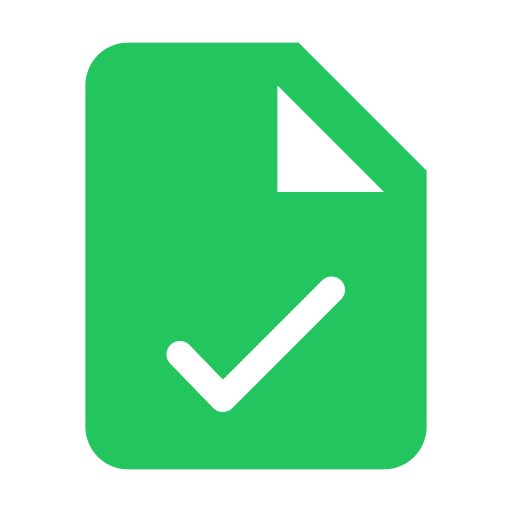Analyzing poetry involves closely examining the elements and techniques used in a poem to understand its deeper meaning and messages.
The first step in analyzing poetry is reading the poem multiple times to fully grasp its content and structure.
Pay attention to the poem's form, including its rhyme scheme, meter, and stanza structure, as these can contribute to its overall meaning.
Identify the poem's theme or central idea by analyzing the imagery, symbols, and language used.
Look for literary devices such as metaphor, simile, personification, and alliteration, which can enhance the poem's meaning and create a unique effect.
Consider the poet's tone and style, as they can provide insights into the poet's intentions and emotions.
Analyzing the poem's use of sound devices, such as rhythm, repetition, and onomatopoeia, can reveal how the poem creates a specific atmosphere or mood.
Connect the poem to its historical and cultural context, as understanding the time period and societal influences can shed light on the poem's meaning.
Finally, form your own interpretation of the poem based on your analysis, keeping in mind that poetry can have multiple interpretations and be open to different perspectives.




